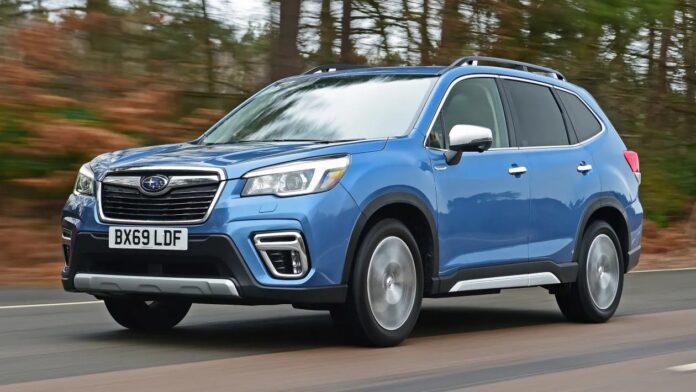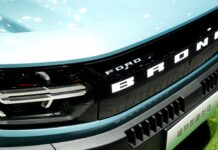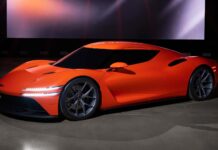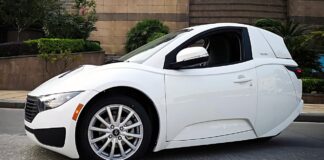The Subaru Forester Mk5 (2019-2024) is a solid, if unremarkable, choice in the crowded family SUV segment. It stands out for its off-road capability and generous safety features, but falls short on driving excitement and fuel efficiency. For buyers prioritizing practicality over thrills, it’s worth considering, but be aware of its limitations.
A Legacy of Versatility
First introduced in concept form in 1995, the Subaru Forester has always blended the attributes of an SUV and an estate car. The Mk5 continues this tradition, offering standard four-wheel drive and a spacious interior. While the sixth-generation model arrived in 2024, the fifth remains a viable used option.
Engine and Trim Choices
The Forester Mk5 was sold with only one powertrain: a 2.0-liter petrol engine paired with a mild-hybrid system and a continuously variable transmission (CVT). This setup produces 148bhp and sends power to all four wheels. A facelift in late 2022 introduced a Sport trim between the XE and XE Premium, along with suspension recalibration for a more comfortable ride.
On-Road Performance: Where It Falls Short
The Forester’s driving experience is its weakest point. The engine feels underpowered, and the CVT transmission causes excessive engine noise during acceleration. Wind noise is noticeable at higher speeds, and the car feels top-heavy in corners. While it’s not a bad car, it doesn’t excel on paved roads.
Off-Road Prowess: A Standout Feature
Despite its on-road shortcomings, the Forester shines off-road. Its permanent all-wheel-drive system and X-Mode drive mode make it capable on challenging terrain that would stop many conventional SUVs.
Used Market: What to Expect
The used market for the Mk5 Forester isn’t extensive. Most listings are for XE Premium trims, but XE models are also available. Expect well-equipped vehicles with LED headlights, an 8.0-inch touchscreen, Apple CarPlay/Android Auto, and adaptive cruise control as standard. The XE Premium adds features like a sunroof, leather trim, and a powered tailgate.
Running Costs: A Hidden Expense
While the Forester’s initial price is competitive, running costs can be high. Services start at £422 and rise to £720 annually. The mild-hybrid powertrain doesn’t deliver the fuel economy Subaru claimed, with real-world figures closer to 30mpg.
Safety and Reliability: Points to Consider
The Forester earned top safety ratings in 2019 thanks to its robust structure and advanced driver-assistance systems. Reliability is a mixed bag: owner surveys suggest some concerns, though specific fault patterns haven’t been widely reported. Foresters came with a three-year/60,000-mile warranty.
Interior and Practicality: A Spacious Cabin
The Forester’s interior is a step up in quality from previous generations, with a logically laid-out dashboard. Visibility is excellent, and the cabin offers ample space for passengers and luggage. Boot space is generous at 520 liters with the rear seats up, expanding to 1,779 liters when folded down.
Alternatives: A Competitive Landscape
The Forester faces strong competition from rivals like the Ford Kuga, Mazda CX-5, and Toyota RAV4, all of which offer more engaging driving experiences and wider engine choices. The Hyundai Tucson, Kia Sportage, SEAT Ateca, Skoda Karoq, and Volkswagen Tiguan are also viable alternatives.
Key Takeaways
The Subaru Forester Mk5 is a practical SUV with strong off-road capabilities and a focus on safety. However, its lackluster on-road performance and mediocre fuel economy hold it back from being a standout choice. If you need a reliable, all-weather vehicle with ample space, it’s worth considering, but be prepared for its compromises.























